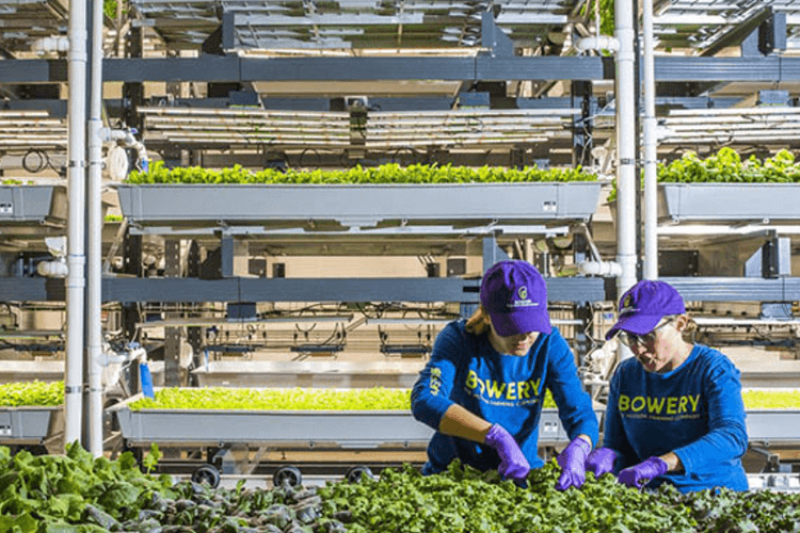The first three agricultural revolutions allowed the human population to blossom by the billions, but they also had—in the words of Nobel Laureate Steven Chu—“unintended consequences.”

“There should be more efficient ways of doing this,” he said of feeding humanity, “and we really need a fourth agricultural revolution:
- “We need improved crop yields with less fossil-based fertilizers and pesticides.”
- “There’s an opportunity to restore carbon in the soil which we have been depleting since the beginning of agriculture.”
- There is a need for plants that are more resistant to heat and drought.
- There is a need for substitutes for beef and milk. “If beef and dairy cattle were a country,” Chu said, “their roughly five gigatons of co2 equivalent per year would be more emissions than any other country except China, and, well, actually they’re equal to the U.S. (emissions) at the moment.”
- And if fallow fields are used to grow biomass for carbon capture, Chu said, those plants should be optimized for growth through genetic engineering.
“Unfortunately the GMO has a very bad reputation based on Roundup-Ready crops,” he said, referencing crops genetically modified to resist Monsanto’s herbicide Roundup, which had the unintended consequence, according to Harvard University, of producing Roundup-Ready “superweeds” that are much harder to control.
GMOs could have enjoyed a better reputation had their fame rested on genetically-fortified golden rice or on eggplant and cotton genetically modified with bacillus thuringiensis (BT) to resist pests.
“So that’s unfortunate,” Chu said. “You can’t undo history, but I’ll go back to what Norman Borlaug said: We’ll need GMOs to feed a population of 11 billion.”































